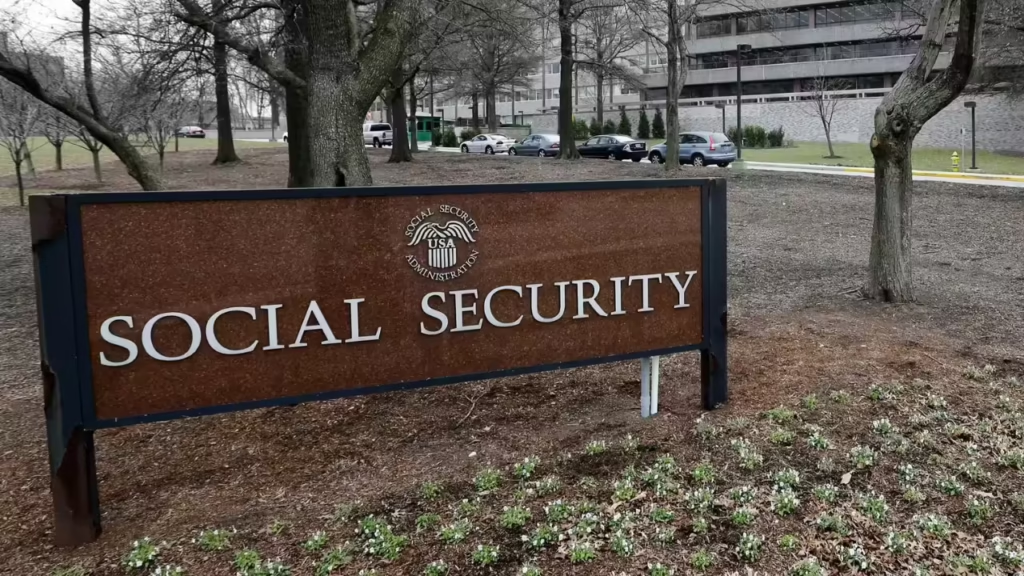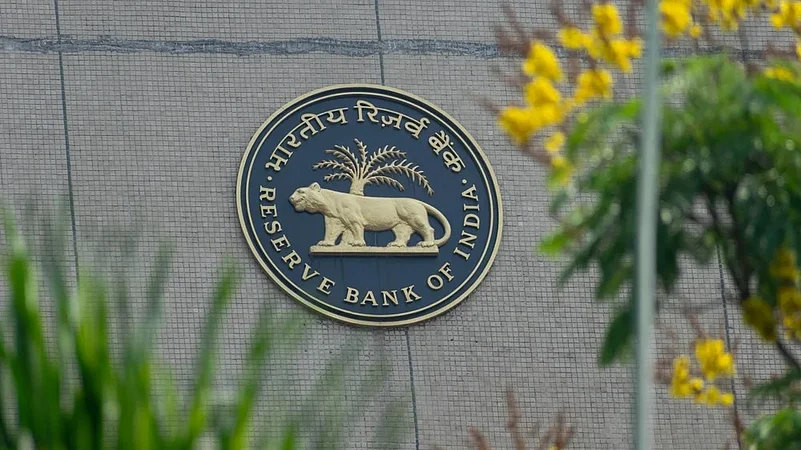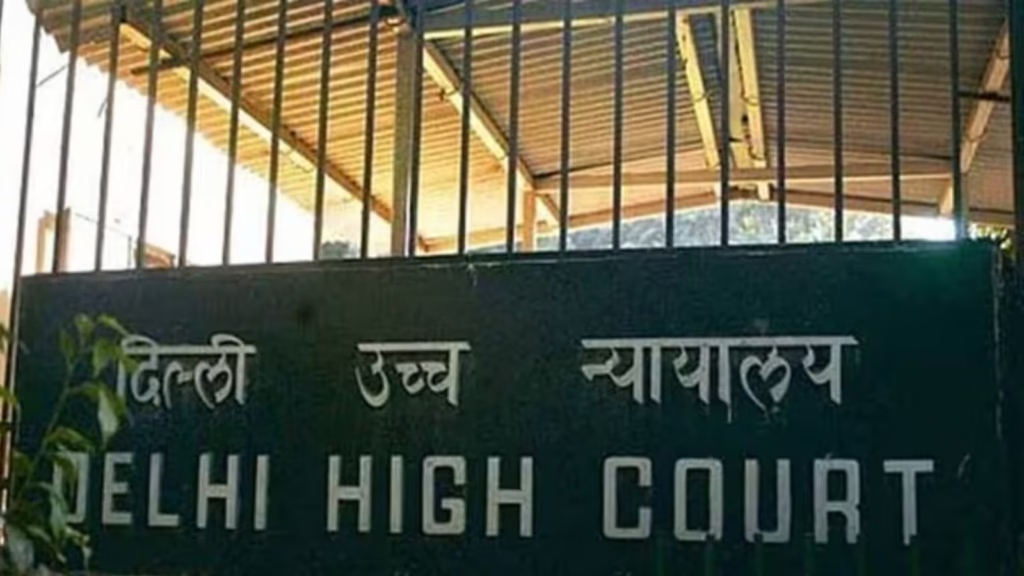Now Reading: From ₹500 to ₹3.33 Crore and Back: Suspicious Bank Activity in Bihar Raises Eyebrows
-
01
From ₹500 to ₹3.33 Crore and Back: Suspicious Bank Activity in Bihar Raises Eyebrows
From ₹500 to ₹3.33 Crore and Back: Suspicious Bank Activity in Bihar Raises Eyebrows

In a puzzling financial case that has surfaced from Bihar, a barely active bank account with an opening balance of just ₹500 reportedly saw over ₹3.72 crore deposited and withdrawn — all within a single day. The transactions went unnoticed until recently, bringing into question the banking system’s monitoring mechanisms and raising fresh concerns about money laundering and misuse of dormant accounts.
The Account No One Was Watching
The account in question belonged to a modest panchayat-level body in Bihar and had remained mostly inactive for months. Yet, on a single day, it recorded deposits amounting to ₹3.72 crore — an amount far beyond any official government scheme or approved allocation for such an entity.
Just as quickly as the money entered, it was withdrawn — with the account showing a closing balance similar to its opening: under ₹1,000. No official raised a red flag, and the series of transactions escaped both local and higher-level scrutiny at the time.
Questions Over Oversight and Auditing
This incident has reignited the debate around the effectiveness of internal banking audits, especially in rural and semi-urban regions. While major financial institutions use automated systems to detect unusual activity, smaller government-linked accounts — like those under local bodies or panchayats — often fall through the cracks.
Officials are now being questioned over why no alerts were generated, how large transfers were approved, and whether this was an isolated glitch or part of a larger pattern.
Implications for Tier 2 and Rural Governance
For smaller towns and Tier 2 cities across India, where digital banking is growing but oversight remains uneven, such incidents underline vulnerabilities in public financial management. Local governing bodies often lack trained financial officers, and manual paperwork continues to dominate record-keeping, making fraud harder to detect in real time.
In places like Muzaffarpur, Gaya, or Bhagalpur, where funds for rural welfare schemes flow through similar accounts, the case raises concerns about fund misuse and the urgent need for tighter control and digital transparency.
What Officials Are Saying
Initial responses from authorities have been vague, with no concrete explanation yet provided for how the transactions were approved or who was behind them. Investigations are reportedly underway, but critics argue that such cases should not just be probed — they should also prompt structural reform in how public accounts are monitored.
Experts believe that training local officials, automating fund disbursement tracking, and enabling real-time alerts for abnormal activity could prevent similar financial lapses in the future.
Conclusion
The Bihar bank account case is a wake-up call for both financial institutions and government bodies. At a time when transparency and digital governance are being pushed nationwide, the incident shows just how easily massive sums can move in and out — unnoticed and unreported. For India’s tiered governance structure to function with integrity, financial accountability at the grassroots must be as robust as it is at the top.
Ask ChatGPT

























